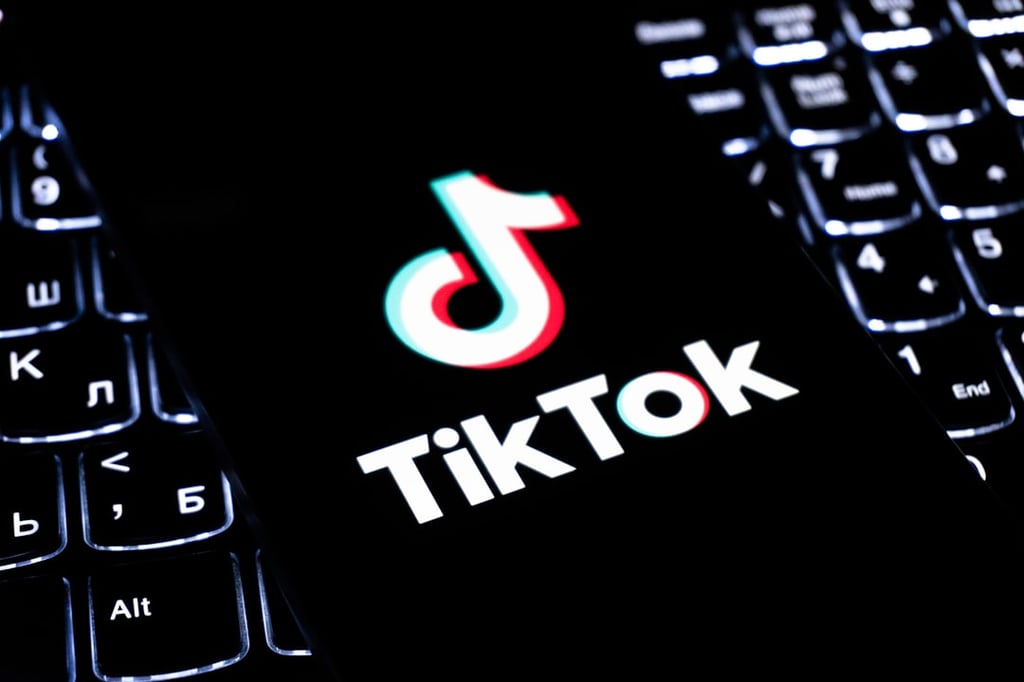Google took a major step in its efforts to mainstream wearable devices — besides unleashing Google Glass on the world, that is. The company announced on July 2 that it released Google Play Services 5.0. The latest version of the software development kit, which allows developers to tightly integrate Google services like Maps and Google+ […]
Datamation content and product recommendations are
editorially independent. We may make money when you click on links
to our partners.
Learn More
Google took a major step in its efforts to mainstream wearable devices — besides unleashing Google Glass on the world, that is.
The company announced on July 2 that it released Google Play Services 5.0. The latest version of the software development kit, which allows developers to tightly integrate Google services like Maps and Google+ into their own apps, now features support for wearable devices.
“Google Play services 5.0 introduces a set of APIs that make it easier to communicate with your apps running on Android wearables,” announced the company in a blog post. “The APIs provide an automatically synchronized, persistent data store and a low-latency messaging interface that let you sync data, exchange control messages, and transfer assets.”
The company’s guide to building wearable apps describes them as “fundamentally the same as apps built for other devices using the Android SDK, but differ greatly in design and usability and the amount of functionality provided.”
For starters, a timeout period is enforced. After a period of inactivity, the device goes to sleep. When re-awakened, it is forced to display the “Wear home screen,” not the app that was running before the device entered the sleep state. Google also cautions that apps intended for wearables “are relatively small in size and functionality” and that best practices dictate that companion handheld devices like smartphones should do most the heavy lifting.
Incidentally, apps aren’t downloaded directly to wearables but are bundled inside a wearable app. “When users install the handheld app, the system automatically installs the wearable app,” states Google. The restriction is lifted for development purposes, however.
Finally, wearable apps cannot access a handful of otherwise standard Android APIs, including android.print and android.hardware.usb.
The move comes after the company demoed the upcoming Moto 360 smartwatch at last week’s Google I/O conference in San Francisco. The Android Wear compatible device features a round, touch-enabled face, voice control and access to data services provided by a paired Android device.
Google Play Services 5.0 also arrives as the industry gears up for brisk wearables adoption in the enterprise. ABI Research recently forecast that the market for enterprise wearables would reach $18 billion by 2019, after expanding at a compound annual growth rate (CAGR) of 56.1 percent.
And Data from Nielsen suggests that corporations will want to prepare for the impact those devices will have on their networks and cellular data plans. In a study, Nielsen discovered that the average wearable device user consumed 9.49 GB of data per month, nearly twice that of the typical Android user (5.61 GB of data per month).
Pedro Hernandez is a contributing editor at Small Business Computing. Follow him on Twitter @ecoINSITE.
Photo courtesy of Shutterstock.
-
Ethics and Artificial Intelligence: Driving Greater Equality
FEATURE | By James Maguire,
December 16, 2020
-
AI vs. Machine Learning vs. Deep Learning
FEATURE | By Cynthia Harvey,
December 11, 2020
-
Huawei’s AI Update: Things Are Moving Faster Than We Think
FEATURE | By Rob Enderle,
December 04, 2020
-
Keeping Machine Learning Algorithms Honest in the ‘Ethics-First’ Era
ARTIFICIAL INTELLIGENCE | By Guest Author,
November 18, 2020
-
Key Trends in Chatbots and RPA
FEATURE | By Guest Author,
November 10, 2020
-
Top 10 AIOps Companies
FEATURE | By Samuel Greengard,
November 05, 2020
-
What is Text Analysis?
ARTIFICIAL INTELLIGENCE | By Guest Author,
November 02, 2020
-
How Intel’s Work With Autonomous Cars Could Redefine General Purpose AI
ARTIFICIAL INTELLIGENCE | By Rob Enderle,
October 29, 2020
-
Dell Technologies World: Weaving Together Human And Machine Interaction For AI And Robotics
ARTIFICIAL INTELLIGENCE | By Rob Enderle,
October 23, 2020
-
The Super Moderator, or How IBM Project Debater Could Save Social Media
FEATURE | By Rob Enderle,
October 16, 2020
-
Top 10 Chatbot Platforms
FEATURE | By Cynthia Harvey,
October 07, 2020
-
Finding a Career Path in AI
ARTIFICIAL INTELLIGENCE | By Guest Author,
October 05, 2020
-
CIOs Discuss the Promise of AI and Data Science
FEATURE | By Guest Author,
September 25, 2020
-
Microsoft Is Building An AI Product That Could Predict The Future
FEATURE | By Rob Enderle,
September 25, 2020
-
Top 10 Machine Learning Companies 2021
FEATURE | By Cynthia Harvey,
September 22, 2020
-
NVIDIA and ARM: Massively Changing The AI Landscape
ARTIFICIAL INTELLIGENCE | By Rob Enderle,
September 18, 2020
-
Continuous Intelligence: Expert Discussion [Video and Podcast]
ARTIFICIAL INTELLIGENCE | By James Maguire,
September 14, 2020
-
Artificial Intelligence: Governance and Ethics [Video]
ARTIFICIAL INTELLIGENCE | By James Maguire,
September 13, 2020
-
IBM Watson At The US Open: Showcasing The Power Of A Mature Enterprise-Class AI
FEATURE | By Rob Enderle,
September 11, 2020
-
Artificial Intelligence: Perception vs. Reality
FEATURE | By James Maguire,
September 09, 2020
SEE ALL
ARTICLES









